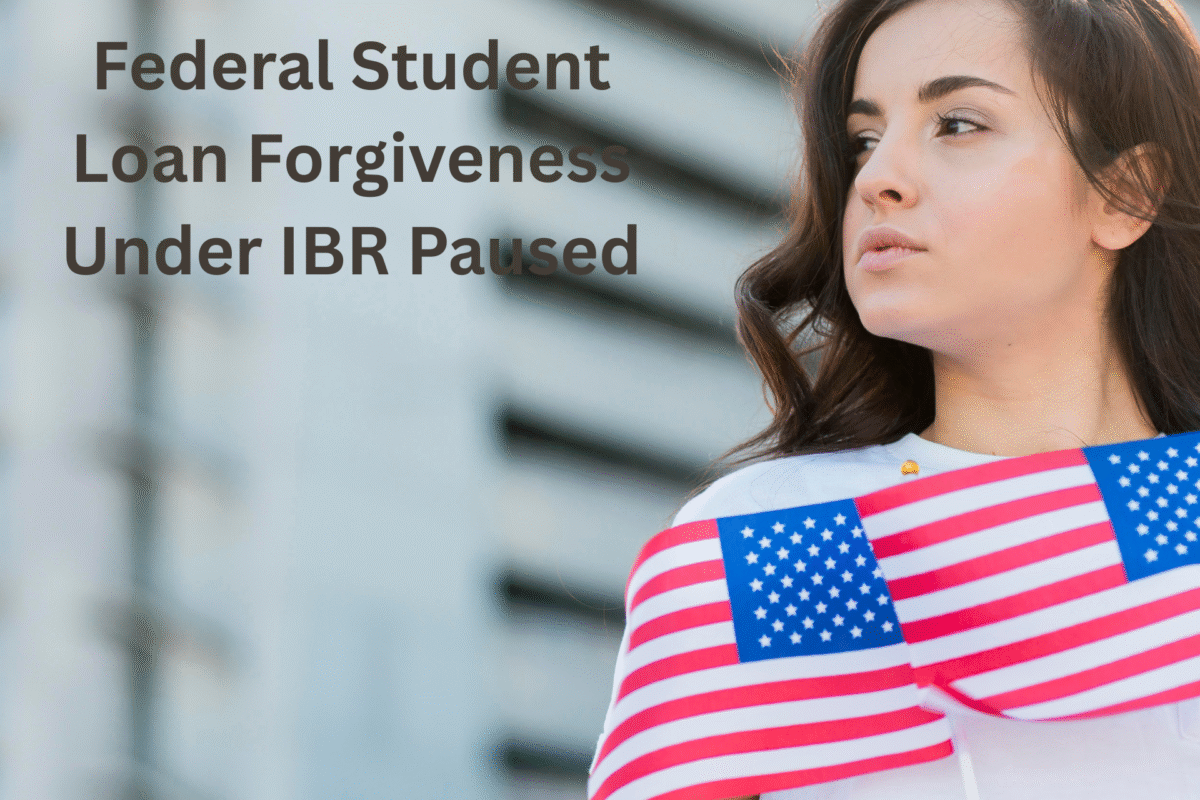
Millions of Americans rely on the Income-Based Repayment (IBR) plan to manage student debt and reach loan forgiveness. In July 2024, the U.S. Department of Education paused forgiveness for IBR borrowers. This move surprised many, especially those who made payments for 20 or 25 years. The policy shift raises questions about ongoing legal battles, political changes, and the future of student loan relief.
What Is the IBR Plan?
Congress created IBR to reduce the burden of federal student loans. This plan caps monthly payments at 10-15% of discretionary income, depending on when you borrowed. Each year, the Department recalculates this amount based on your current income and family size. After 20 or 25 years of qualifying payments, IBR promises to forgive remaining loan balances.
Unlike some plans, IBR has roots in federal law. No president or agency can easily change its fundamental rules. This stability makes IBR stand out during times of policy upheaval.
The Pause: When and Why
In July 2024, the Department of Education announced a pause on all IBR loan forgiveness. The agency explained that system updates are necessary. Recent legal rulings about other repayment plans forced changes in how payments and qualifying periods are counted.
Federal courts blocked forgiveness for other plans, such as SAVE, PAYE, and ICR, but not for IBR. Even so, the Department halted IBR processing to avoid calculation errors. Officials say the pause will last until they update the system to match new rules.
Impact on Borrowers
If you reached the 20- or 25-year forgiveness window, your application is on hold. The Department has not given a timeline for resuming forgiveness. Here’s what you can do now:
- Continue IBR payments if possible; you may get a refund for extra payments later.
- Ask your loan servicer about forbearance, but remember that interest will keep growing.
- Track all payments and Department communications.
- Watch for announcements on the Federal Student Aid website.
Legal and Political Context
Legal battles shook the foundations of SAVE, PAYE, and ICR. Republican-led lawsuits produced court orders that block those plans. IBR remains available because Congress included it in law. The Department admits that no current court order blocks IBR. Yet, they paused forgiveness to update systems.
The “Big, Beautiful Bill” is changing student loans. This new law ends all IDR plans except IBR for current borrowers. In 2026, the Department will start the Repayment Assistance Plan (RAP). RAP requires at least 30 years of payments for forgiveness and imposes higher minimum payments.
Key Differences: IBR vs. RAP
| Plan | Forgiveness Time | Minimum Payment | Who Qualifies |
|---|---|---|---|
| IBR | 20/25 years | Can be $0 | Borrowers now in IBR |
| RAP | 30 years | At least $10 | New borrowers (from 2026) |
System Delays and Backlog
The Department now struggles with limited staff and technical upgrades. Over 1.5 million loan forgiveness applications remain pending. Delays have affected IBR, PSLF, and the PSLF Buyback program. Many borrowers must keep making payments they cannot afford. The backlog causes stress and erodes trust in federal loan relief.
What You Should Do
- Keep good records
Save every confirmation of payments and communication with your loan servicer. - Stay current
Check updates from your servicer and the student aid office every month. - Ask questions
Contact a nonprofit student loan counselor if you feel lost or overwhelmed. - Don’t switch from IBR
If you leave IBR, you might lose your right to 20- or 25-year forgiveness. - Prepare for change
Plan your budget for higher payments and a longer forgiveness period under RAP, if you must transition.
Looking Ahead
The pause on IBR forgiveness marks a turning point for student loan policy. Department officials cite the need for accurate counting and compliance with legal shifts. Borrowers face delays and uncertainty, even when Congress provides a legal path to forgiveness. New laws guarantee more changes in the next few years. Until the Department finishes system updates and court cases resolve, many will keep waiting for long-promised relief.
Frequently Asked Questions
The Department of Education paused IBR forgiveness to update its systems and ensure compliance with recent court rulings, even though IBR is not legally blocked.
There is no clear timeline. The Department has not announced when IBR forgiveness processing will resume.
Yes. You are encouraged to continue payments to avoid interest accrual and maintain eligibility for eventual forgiveness.
Possibly. Borrowers who continue to make payments may receive refunds for the overpaid amount once forgiveness resumes.
If you’re under financial stress, you can request forbearance—but interest will continue to accrue during the pause.
The RAP plan affects new borrowers. Existing IBR borrowers will retain access to forgiveness after 20 or 25 years.
Check regularly at studentaid.gov or contact your loan servicer for the latest information.